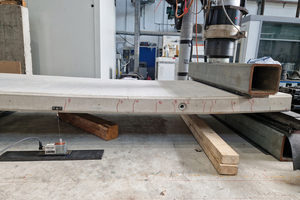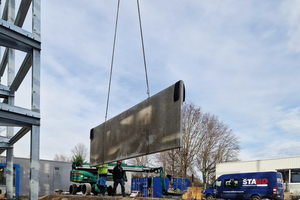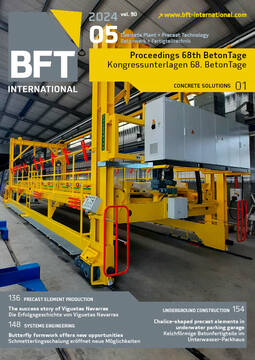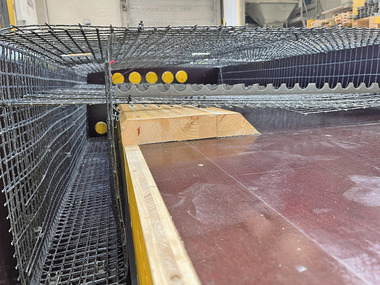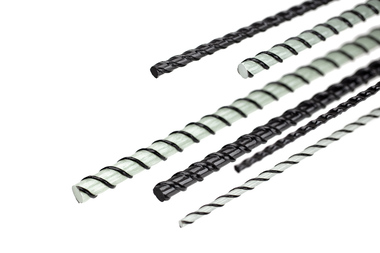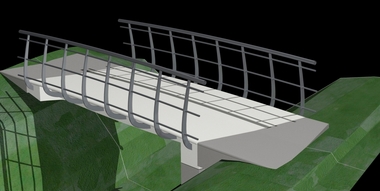Precast carbon concrete parts: Conserving resources and truly economical (designed)
Carbon concrete has become increasingly established in recent years as a new composite material. It is frequently associated with qualities such as sustainable, economical and resource-efficient. As carbon reinforcement is non-corrosive and has a significantly higher tensile strength than steel, it is obvious that precast carbon concrete components can be designed to have much more slender dimensions. Precast carbon concrete components are dimensioned in accordance with the new DAfStb guideline “Concrete components with non-metallic reinforcement”. Comprising five parts, this guideline is a reliable basis not only for dimensioning but also for test procedures and construction.
However, when switching components from reinforced concrete to carbon concrete design, there are limits in terms of material savings and the associated economic efficiency when verifying the shear resistance. This applies in particular to so-called system components, that is, precast concrete components that are produced in large quantities for defined loads and applications. Additional tests contribute to utilizing the interaction of concrete and carbon reinforcement, in particular with a view to system components, so as to achieve economical dimensioning and additional material savings. The production process at the precast plant plays a supporting role in this regard and must not be neglected.
Verification in accordance with the DAfStb guideline and additional testing offers a concept for sustainable, resource-efficient and economical dimensioning with carbon concrete for “precast concrete system components”.

